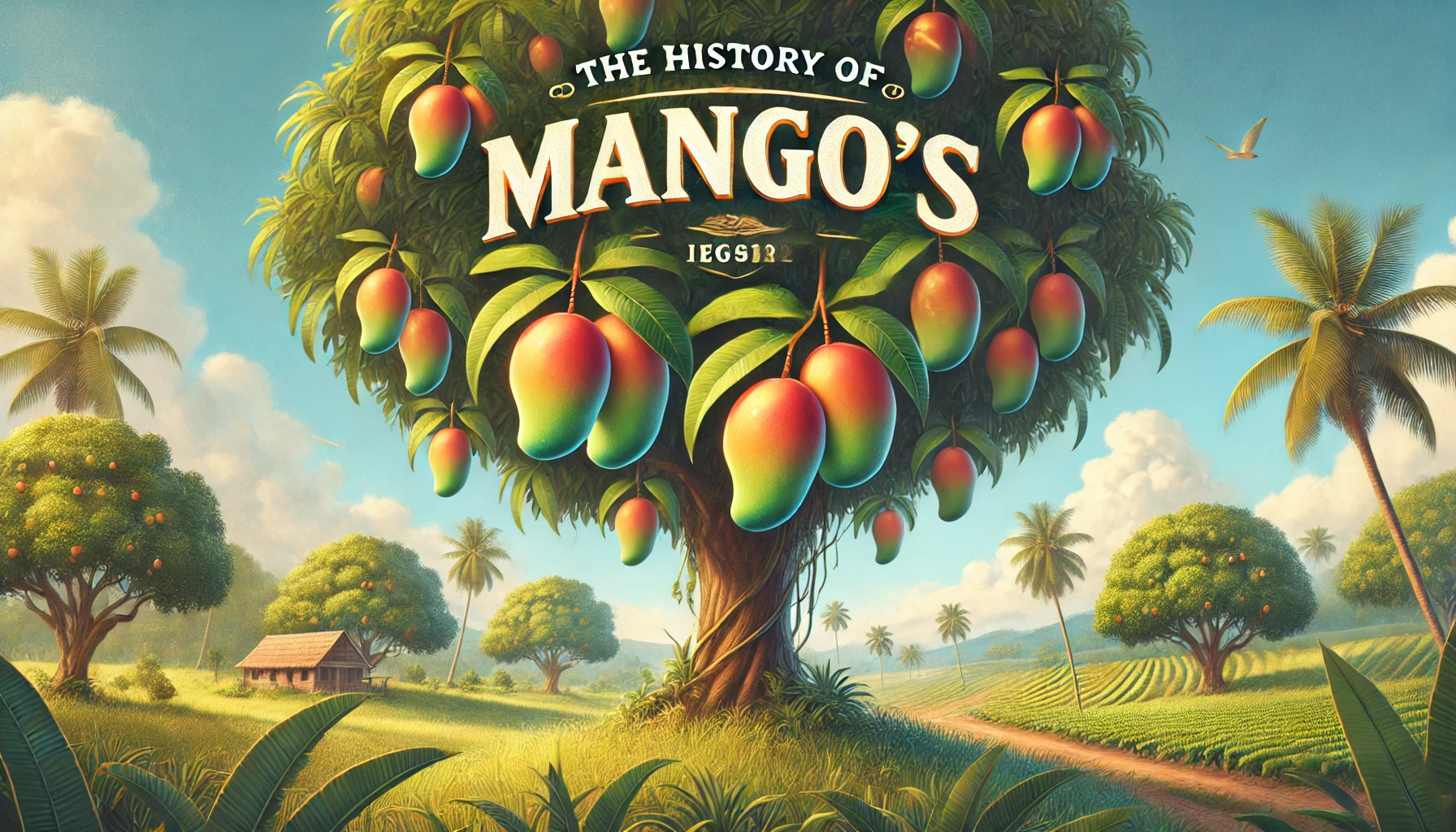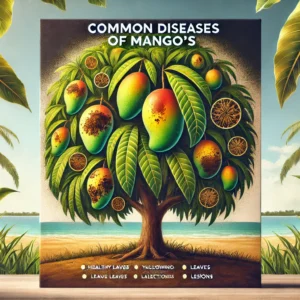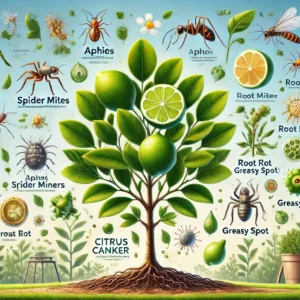Mango, often dubbed the “king of fruits,” has a rich and storied history that spans millennia and continents. Revered for its sweet, succulent flavor and vibrant color, the mango has become a beloved fruit worldwide. This detailed history delves into the origins, cultivation, cultural significance, and global spread of the mango.
Origins and Early Cultivation
Ancient Beginnings in South Asia
The mango (Mangifera indica) is believed to have originated over 4,000 years ago in the Indian subcontinent, particularly in the region that now comprises India, Bangladesh, and Myanmar. The first references to mango cultivation can be traced back to ancient Indian texts. In India, the mango was not only valued for its taste but also for its symbolic and religious significance. It is mentioned in Hindu mythology and Buddhist scriptures, signifying prosperity and fertility.
Early Spread in Southeast Asia
From its native habitat in South Asia, the mango began to spread to Southeast Asia around the 4th and 5th centuries BCE. It is during this period that mango cultivation began to take root in countries like Malaysia, Thailand, and the Philippines. The fruit’s adaptability to various climates and soils aided its expansion throughout the region.
Cultural Significance and Symbolism
In Indian Culture
In India, the mango has long been intertwined with cultural and religious practices. The mango tree and its leaves are considered sacred in Hinduism, often used in rituals, weddings, and festivals. The fruit itself symbolizes love and fertility. Notably, the famous Indian poet Kalidasa praised the mango in his works, and the Mughal Emperor Akbar planted an extensive mango orchard with 100,000 trees, known as Lakhi Bagh, in Darbhanga, Bihar.
Influence in Southeast Asia
In Southeast Asia, the mango also held significant cultural importance. In Thailand, mangoes are often enjoyed with sticky rice, a dish that has become a staple of Thai cuisine. The fruit is depicted in various forms of art and literature, symbolizing both the exotic and the divine.
The Mango’s Journey to the World
Arrival in the Middle East and Africa
The spread of the mango beyond Asia began with Persian traders who introduced the fruit to the Middle East around the 10th century. From Persia, the mango made its way to the East African coast through maritime trade routes. The Swahili traders played a crucial role in spreading mangoes throughout the region, where it became a cherished fruit.
Introduction to the Americas and Europe
The mango’s journey to the Americas began with the Portuguese in the 16th century. Portuguese explorers and traders brought mango seeds to Brazil, from where the fruit spread to other parts of South America and the Caribbean. In the 18th century, the mango reached Mexico, becoming a vital part of Mexican cuisine and culture.
The mango was introduced to Europe much later, primarily through colonial and trade connections. It was initially regarded as an exotic delicacy in European countries. British colonialists in India also played a role in popularizing the fruit in the Western world.
Expansion to North America
In the 19th and 20th centuries, mango cultivation spread to the United States, particularly in Florida, California, and Hawaii. Today, the U.S. is one of the significant importers of mangoes, with the fruit being a favorite in various culinary applications, from fresh consumption to salsas and desserts.
Modern Cultivation and Varieties
Global Production
Today, India remains the largest producer of mangoes, contributing to nearly half of the world’s supply. Other major producers include China, Thailand, Indonesia, and the Philippines in Asia; Mexico, Brazil, and Peru in the Americas; and Nigeria and Egypt in Africa.
Popular Varieties
Over the centuries, numerous mango varieties have been developed to cater to different tastes and climates. Some of the most popular varieties include:
- Alphonso (Hapus): Known for its sweetness and rich flavor, Alphonso is a prized variety from India, especially Maharashtra.
- Kent: A variety from Florida, Kent mangoes are known for their smooth texture and sweet taste.
- Ataulfo (Honey or Champagne): Originating from Mexico, this small, yellow mango is highly valued for its creamy texture and sweetness.
- Haden: One of the earliest commercial varieties in Florida, known for its bright red and yellow skin and rich flavor.
Conclusion
The mango’s journey from the ancient forests of South Asia to global prominence is a testament to its enduring appeal and adaptability. Its rich history, cultural significance, and diverse varieties have cemented its status as one of the most beloved fruits worldwide. As global demand continues to grow, the mango’s legacy as the “king of fruits” remains unchallenged, bringing a taste of history and tradition to every bite.



